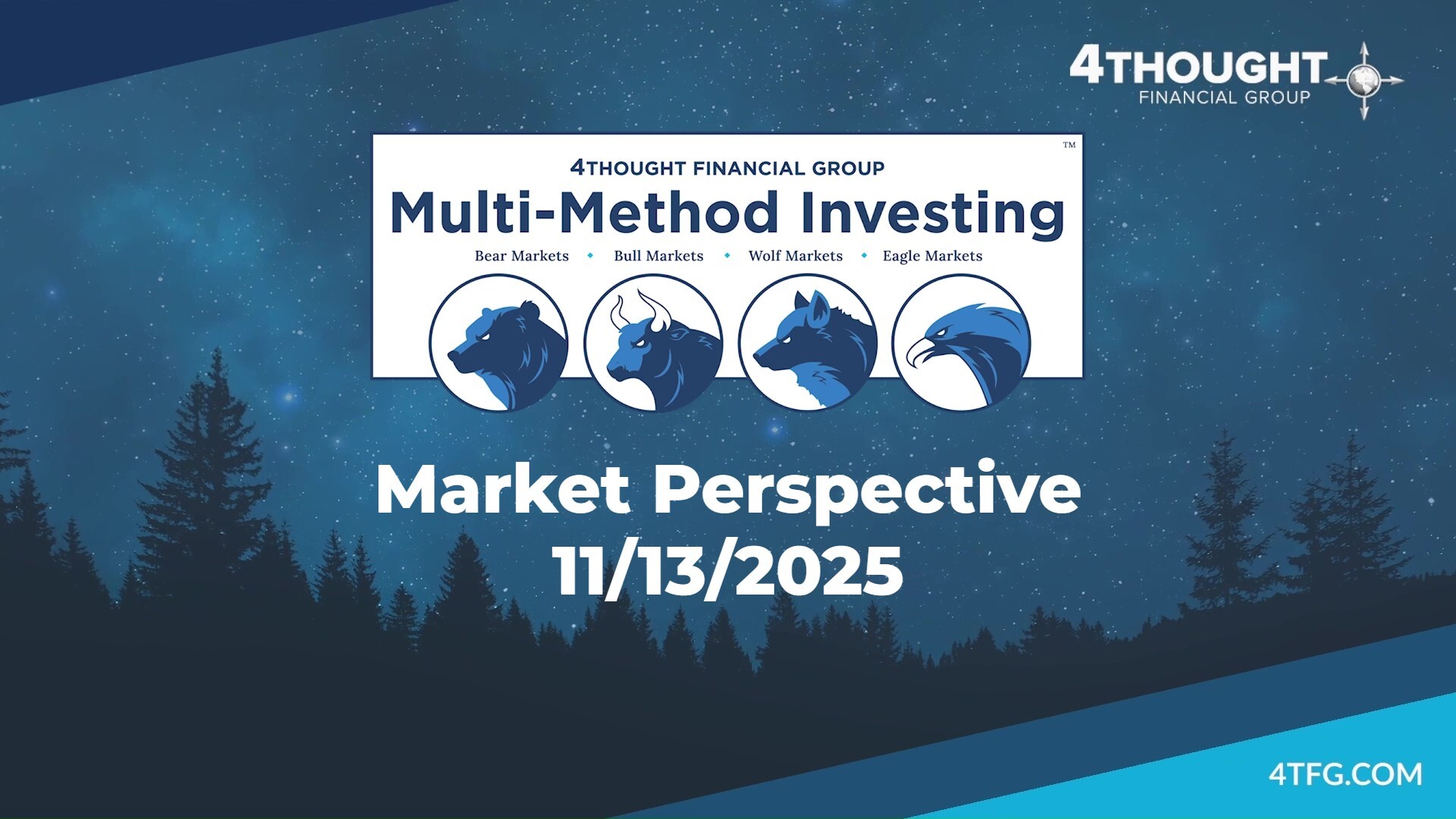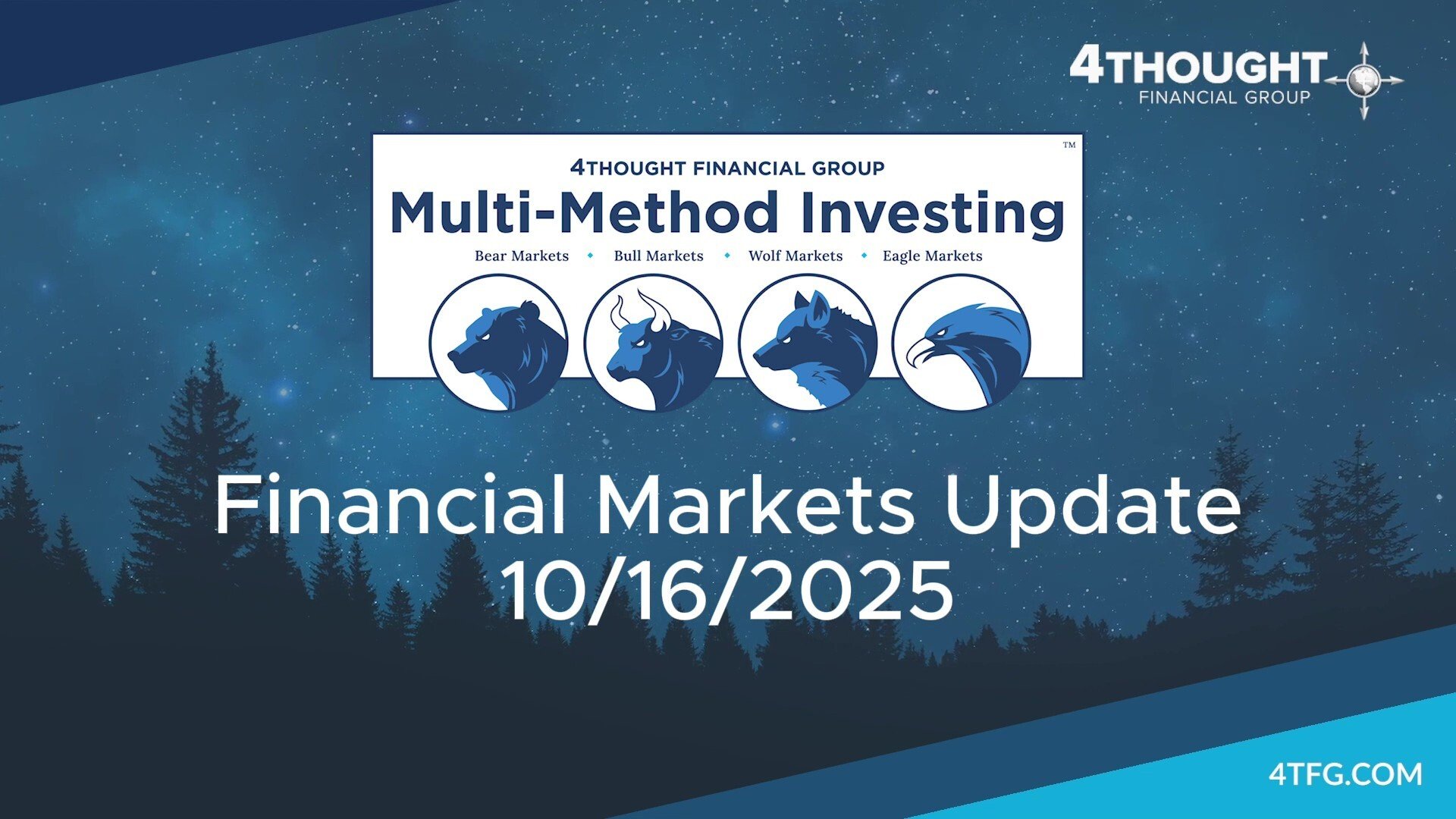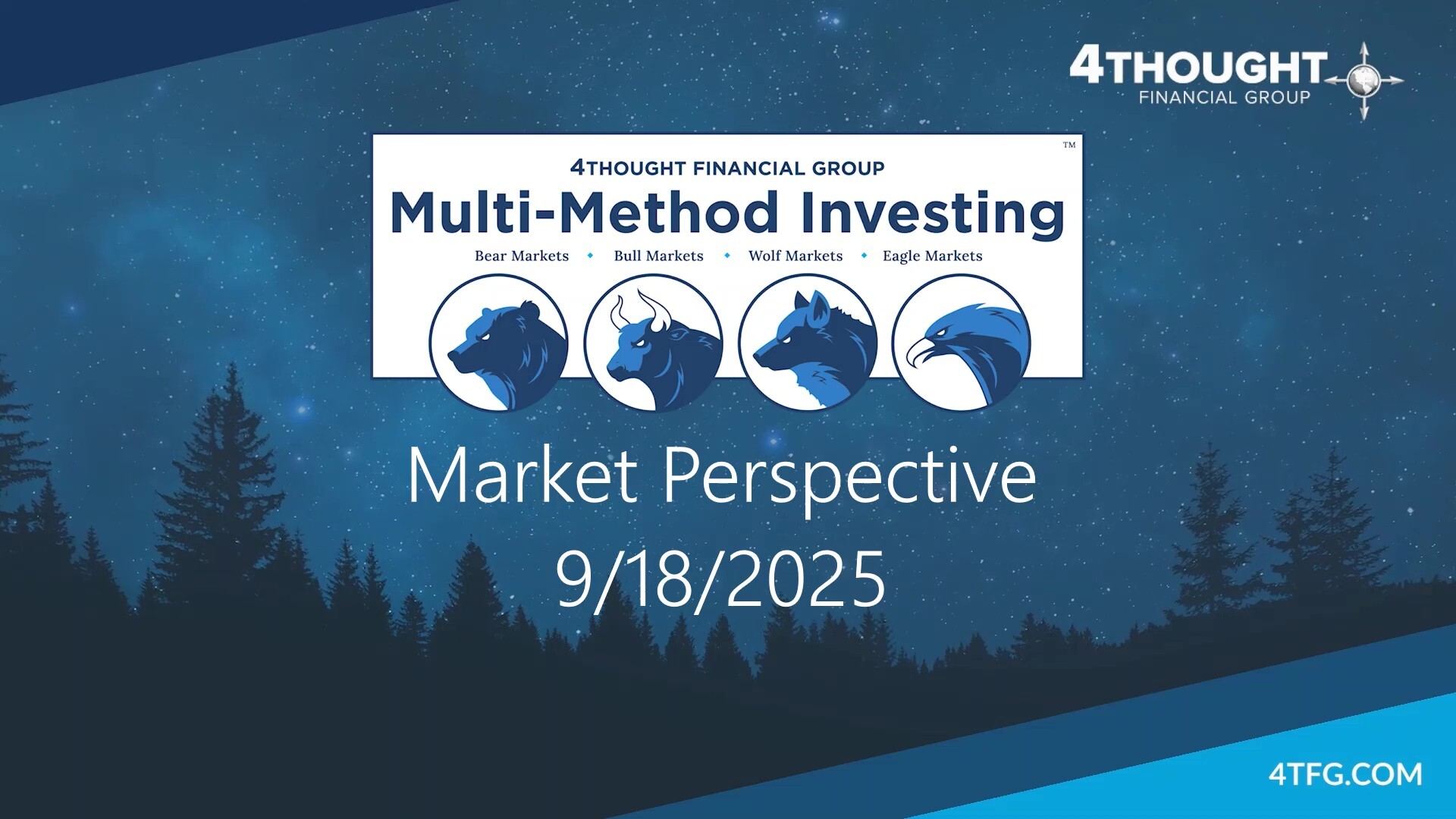4Thought provides you with actionable investment analysis and perspective on the financial markets.
Contact us to determine whether any ideas presented are applicable to your situation before taking any actions with regards to your financial plan or investment portfolio.
Hear from Chief Investment Officer Jesse Mackey in this week's Quant Market Perspective.
VIDEO TRANSCRIPT:
This is 4Thought’s Quant Market Perspective as of March 15th, 2022:
On February 24th the S&P 500 had so far reached a maximum intraday draw-down of 14.61% from its January 4th peak price, having first confirmed a 10%+ technical correction on January 24th. The index has since fluctuated significantly on an intraday basis, but still sat 13.40% below the record at the close of business yesterday. Emerging markets stocks are now the worst performing publicly traded broad asset type so far this year, while US Treasury Inflation Protected Securities have been the best (despite their own slightly negative returns).
More broadly, historical data indicates that once a new Bull Market has been confirmed (which happened on August 18th of 2020 when the S&P 500 Index had recovered from its March 23rd, 2020 Bear Market low point and achieved a new record price), the longest time period on record (since 1950) before the beginning of another Bear Market was 7.44 years, with an average of 2.44 years. Only 1.57 years have elapsed from the point of Bull confirmation in this instance so far.
There has usually been at least one 10%+ correction (but often several) between most bear markets in history. The first correction in the current Bull Market was completed on September 24th, 2020, and what may be the second (if it isn't something deeper) has now been initially confirmed as of January 24th, as mentioned earlier. We refer to the combination of a correction and its corresponding recovery (which was last registered on November 9th, 2020) as a Wolf Market.
About 55% percent of Wolf Markets like the last one we experienced have been followed by a period that exhibits trailing 1-year returns of 30% or greater without a 10%+ correction (something we refer to as an Eagle Market). The first Eagle Market subset of the current Bull Market was quantitatively confirmed on March 1st, 2021 and ended on January 4th of this year. Eagles may be followed by any of the other three market types, including a flattening of growth rates to return to a standard Bull Market (which is not the case in this instance), or an immediate reversion into a Wolf or Bear market. Given that stocks may still be relatively early in the (traditionally defined) Bull portion of the market cycle (by historical standards), an immediate Bear market (although certainly possible) appears the less likely of the two remaining scenarios. It is therefore more likely that the correction that was first registered on January 24th will remain only a correction of 10-20% before the resumption of the broader traditional Bull Market, and is less likely to deepen further into a full-blown Bear Market drop of 20% or greater.
Based on analysis of the complete historical market type data set using our Multi-Method Adaptive algorithmic process, we are now allowing overweight allocations to Opportunistic Investing, neutral allocations to Strategic Asset Allocation and Liability-Driven Investing, and underweights to Selective/Concentrated Investing.
From a probabilistic analysis perspective, valuations tell a story that's neutral to slightly positive for most stock types, but somewhat more favorable for some pockets of the bond markets (which in general are exhibiting a wider dispersion of valuations). On this basis, most stock types now range from slightly undervalued (in the cases of growth, emerging markets, and small/mid cap stocks) to near fair value (in the cases of international developed and US large cap stocks). Bonds range from moderately undervalued (in the case of emerging markets bonds and investment grade corporate bonds) to near fair value (in the case of Treasury Inflation Protected Securities). Investment grade corporate bonds now reflect the most attractive pricing relative to the alternatives, while Treasury Inflation Protected securities are the least attractive.
Against this backdrop the outlook for stocks is now neutral to slightly positive in the intermediate term based on the overall aggregate of our historical market-type data analysis and quantitative probabilistic analysis.
I hope this was helpful. If you have questions or you’d like to discuss what this means for your particular situation, please contact 4Thought at 516-300-1617 or at info@4tfg.com – and don’t forget to subscribe to our blog feed and our YouTube channel. Thanks for watching, and see you next week.






Leave a Comment